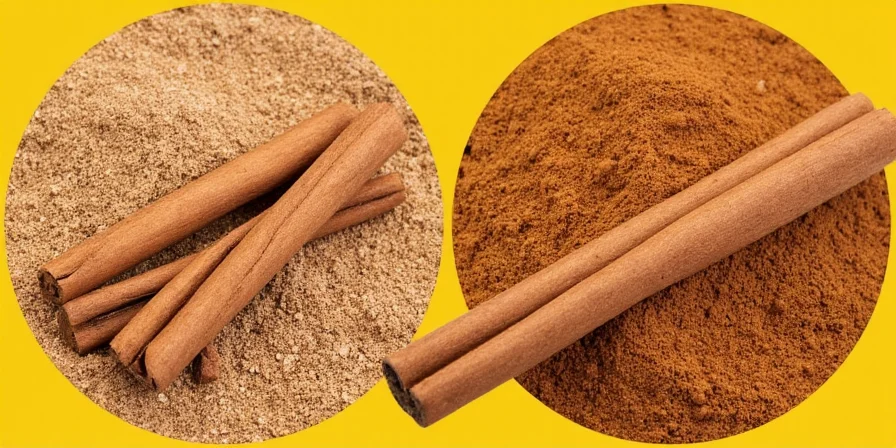
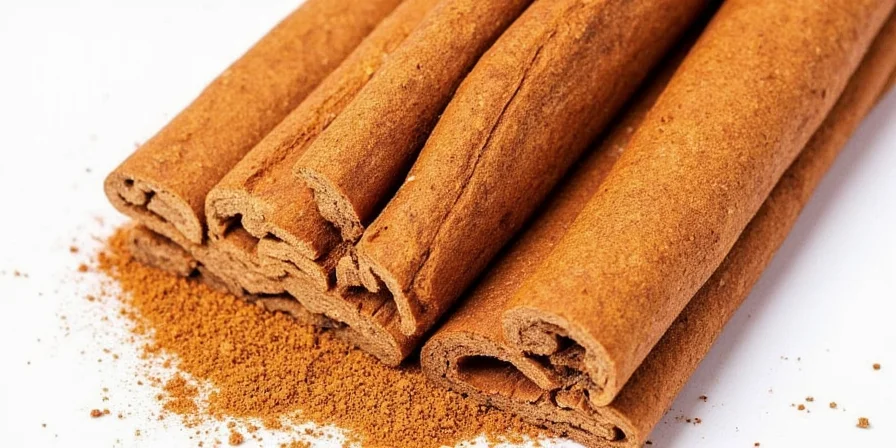
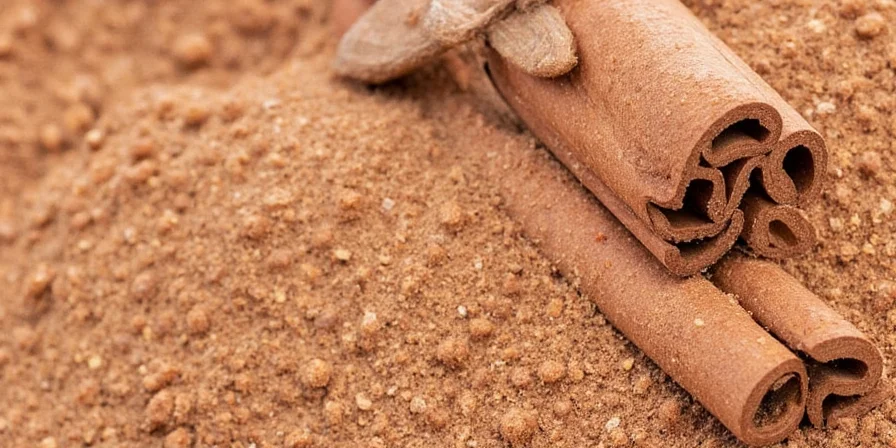
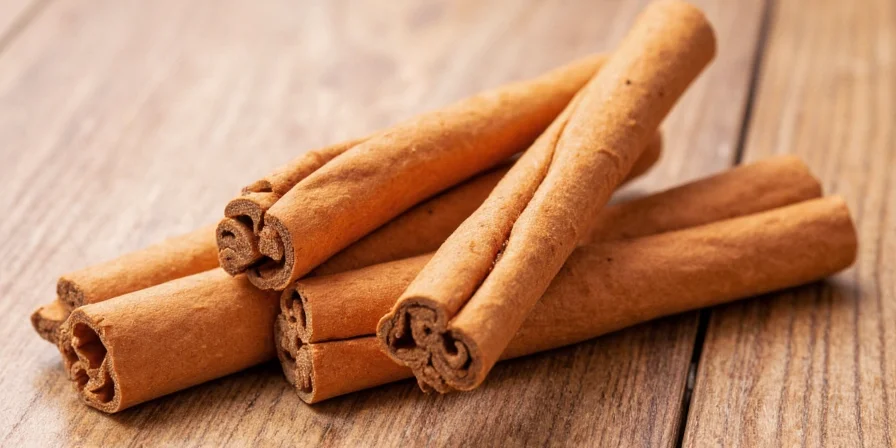
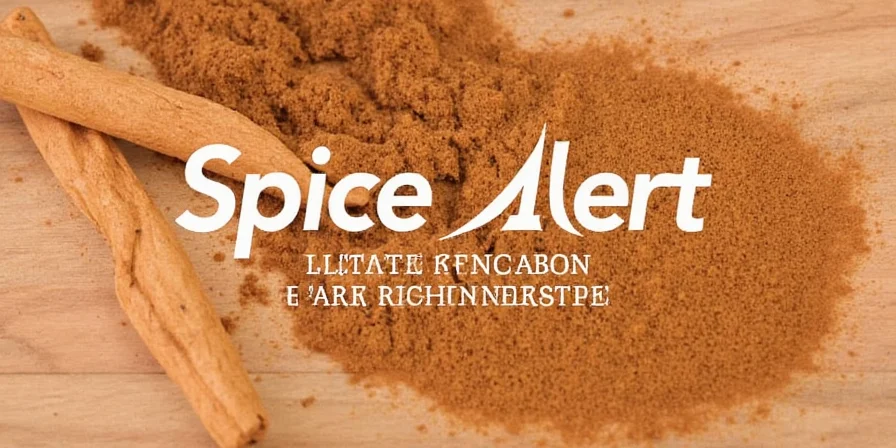
Yes, there was a verified cinnamon recall in 2024 - but NOT for standard ground cinnamon products. The U.S. Food and Drug Administration confirmed elevated lead levels in specific apple cinnamon fruit puree pouches, not common ground cinnamon brands. Major retailers like McCormick and Frontier Co-op were not included in this recall. Here's what you need to know to protect your family with evidence-based facts.
Verified 2024 Cinnamon Recall: Critical Facts You Need Immediately
In February 2024, the FDA issued a formal recall for specific apple cinnamon fruit puree products due to dangerous lead contamination exceeding safety limits by 40 times. This was not a recall of standard ground cinnamon products, despite widespread misinformation on social media. The affected items were:
- WanaBana Apple Cinnamon Fruit Puree Pouches (lot #2Q120723)
- Weis Quality Apple Cinnamon Fruit Puree (UPC 041497290405)
- Best Choice Apple Cinnamon Fruit Puree (UPC 050428451153)
These products contained lead levels above 2 ppm (parts per million), while the FDA's action level for lead in juice is just 50 ppb (parts per billion). If you have these specific items, discard them immediately. Major ground cinnamon brands like McCormick, Simply Organic, and Frontier Co-op were NOT part of this recall.
| Product Type | Recalled Items (2024) | Contaminant Level | Safe Threshold |
|---|---|---|---|
| Apple Cinnamon Fruit Puree | WanaBana, Weis, Best Choice | 2+ ppm lead | 0.05 ppm (50 ppb) |
| Standard Ground Cinnamon | No 2024 recalls | N/A | N/A |
| Cassia Cinnamon | Naturally contains coumarin | 0.3-1.3% coumarin | 0.1mg/kg body weight daily |
2024 Cinnamon Recall Details: What Was Actually Recalled
The confusion about "cinnamon recalls" stems from misinterpretation of two separate issues:
- Lead contamination in fruit puree pouches: Documented by the FDA with specific products and lot numbers
- Coumarin in cassia cinnamon: A naturally occurring compound regulated by EFSA, NOT subject to recall
The FDA maintains an updated recall database where you can verify products. Always check official sources before discarding food products based on social media claims.
How to Verify Your Cinnamon Products: Step-by-Step Safety Protocol
Follow this immediate verification process:
- Identify your product type: Fruit puree pouches (high-risk) vs. ground cinnamon (no 2024 recalls)
- Check lot numbers: Compare against the FDA's official recall list
- Download the FDA MyRecalls app: For instant product verification
- Look for third-party certifications: SQF, NSF, or USP verification marks indicate rigorous testing
Never rely solely on social media posts about recalls. The Center for Science in the Public Interest confirmed only these specific fruit puree products were affected.
Cinnamon Safety Facts: Lead vs. Coumarin Explained
Understanding the critical difference between these two issues is essential for accurate risk assessment:
- Lead contamination: Hazardous contaminant with NO safe exposure level, especially for children. The recalled purees contained 40x above safety limits.
- Coumarin in cassia cinnamon: Naturally occurring compound with established safe limits (0.1mg/kg body weight). Normal culinary use poses minimal risk.
The EFSA regulates coumarin levels, while lead contamination triggers immediate recalls. This distinction explains why major ground cinnamon brands weren't recalled - they don't contain dangerous lead levels.
Safe Alternatives and Storage Practices
If concerned about cinnamon safety:
- Ceylon cinnamon: Contains 90% less coumarin than cassia varieties
- Verified brands: Choose companies like Simply Organic that publish third-party testing results
- Proper storage: Use opaque containers, refrigerate, and include moisture control to maintain product integrity
Discard any product showing unusual color changes, moisture, or off-odors - these may indicate spoilage that compounds contamination risks.
Proactive Purchasing Checklist for Safe Spices
Before buying any cinnamon products, verify these safety elements:
- ✅ Manufacturer provides lot-specific testing documentation
- ✅ Packaging includes tamper-evident seals
- ✅ Brand participates in third-party certification (SQF, NSF)
- ✅ Retailer has transparent recall notification systems
- ✅ Product origin traceable to regulated growing regions
Reputable brands now offer transparent testing protocols - verify these directly through manufacturer websites, not social media channels.
Essential Takeaways: Cinnamon Recall 2024 Facts
Only specific apple cinnamon fruit puree pouches were recalled in 2024 due to lead contamination exceeding safety limits by 40 times. Major ground cinnamon brands were NOT affected. Always verify recalls through:
- Official FDA recall database
- Center for Science in the Public Interest alerts
- Manufacturer websites with lot-specific testing
Your safety depends on evidence-based verification, not viral misinformation. By following these protocols, you can confidently use cinnamon in your kitchen while staying protected from actual food safety risks.
Frequently Asked Questions
Was there a cinnamon recall in 2024 for ground cinnamon products?
No, there were no recalls of standard ground cinnamon products in 2024. The verified recall affected only specific apple cinnamon fruit puree pouches (WanaBana, Weis, and Best Choice brands) due to lead contamination. Major ground cinnamon brands like McCormick were not included in this recall.
How do I know if my cinnamon product is part of the recall?
Check if you have fruit puree pouches (not ground cinnamon), verify the specific brand and UPC numbers against the FDA's official recall list, and use the FDA's MyRecalls app for instant verification. The affected products were WanaBana (lot #2Q120723), Weis (UPC 041497290405), and Best Choice (UPC 050428451153) apple cinnamon fruit puree pouches.
Is cassia cinnamon dangerous because of coumarin?
Cassia cinnamon naturally contains higher coumarin levels than Ceylon varieties, but poses minimal risk with normal culinary use. The EFSA established safe daily limits (0.1mg/kg body weight), meaning typical baking quantities present no health concern. This is different from lead contamination, which has no safe exposure level and requires immediate action.
What's the difference between lead contamination and coumarin in cinnamon?
Lead is a hazardous contaminant that shouldn't be in food products at any level, especially dangerous for children. Coumarin is a naturally occurring compound in cassia cinnamon with established safe consumption limits. The 2024 recall involved dangerous lead levels (40x above safety limits) in fruit puree pouches, not coumarin levels in ground cinnamon.
Where can I find reliable information about food recalls?
The U.S. Food and Drug Administration's official recall database, Center for Science in the Public Interest alerts, and manufacturer websites with lot-specific testing documentation. Always verify through primary sources like FDA.gov rather than social media or secondary news reports that may contain misinformation.

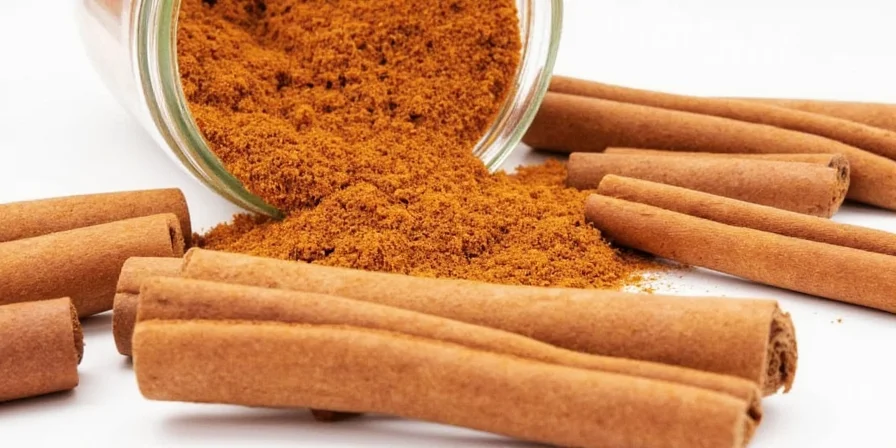









 浙公网安备
33010002000092号
浙公网安备
33010002000092号 浙B2-20120091-4
浙B2-20120091-4